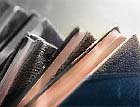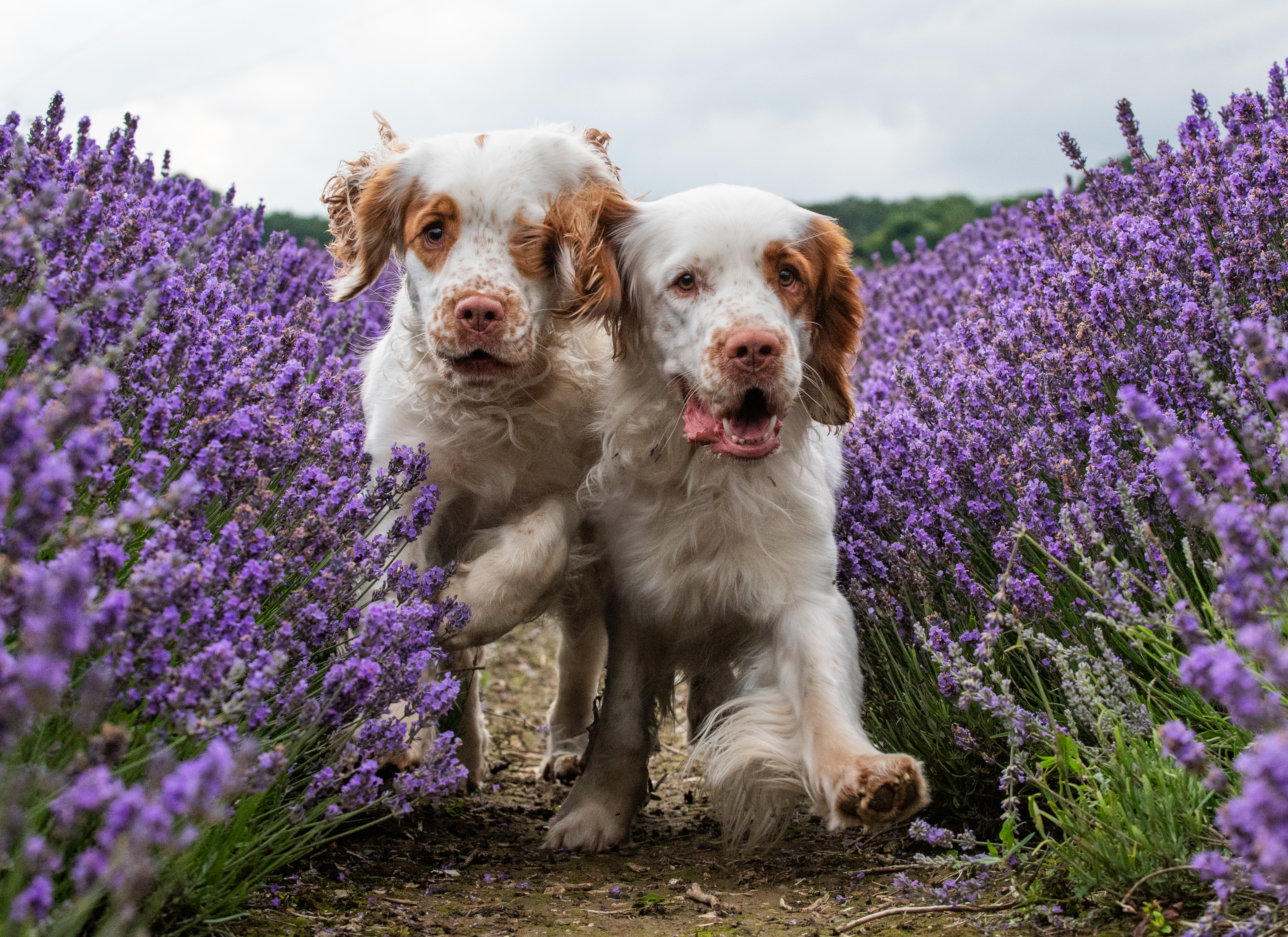Book review: Recording Britain
This book recalls an initiative to record Britain’s landscape and historic buildings under threat from bombing raids and urban sprawl in the 1940s


To order any of the books reviewed or any other book in print, at
discount prices* and with free p&p to UK addresses, telephone the Country Life Bookshop on Bookshop 0843 060 0023. Or send a cheque/postal order to the Country Life Bookshop, PO Box 60, Helston TR13 0TP * See individual reviews for CL Bookshop price
Art/war Recording Britain Edited by Gill Saunders (V&A Publishing, £30, *£25)
The work of official war artists during the First and Second World Wars is widely known. Paintings from these important government-funded schemes are regularly exhibited at the Impe-rial War Museum. Less familiar is a project called Recording Britain, which ran from 1939 to 1943. Initiated by Sir Kenneth Clark, the energetic director of the National Gallery, it was financed by the Pilgrim Trust, established by American billionaire Edward Harkness ‘to promote [Britain's] future well-being'.
Whereas the war artists' remit was to depict the impact of war, on civilians as well as the military, Recording Britain was about documenting the nation's landscape and historic buildings, under threat from bombing raids and urban sprawl. It was also a propaganda exercise, intended to nurture national pride, as were wartime poster campaigns depicting idyllic rural scenes with the rousing caption ‘Your Britain fight for it now'. It was a vehicle for helping impoverished artists during the lean war years, too.
The 1,500 paintings commissioned for the project were sub-sequently donated to the V&A, which has now published a book about this intriguing initiative, edited by Gill Saunders, senior curator of prints. After the Second World War, many of the works were dispersed on long-term loans to institutions near the locations featured in the paintings. It was not until the 1980s that the collection was reunited at the V&A and its historical significance began to be reassessed.
Recording Britain focused on watercolours, although a parallel project north of the border called Recording Scotland encompassed oil paintings and prints as well. Most of the paintings are essentially topographical, in the tradition of Turner, Cotman and Girtin, but more low-key. Apart from a handful of moderately big names, notably John Piper, Kenneth Rowntree, Enid Marx, Michael Rothenstein and John Farleigh, the majority of contributors are relatively obscure today. Some, such as Stanley Badmin, were highly esteemed members of Royal Watercolour Society. Others, such as Louisa Puller, were gifted amateurs.
Sign up for the Country Life Newsletter
Exquisite houses, the beauty of Nature, and how to get the most from your life, straight to your inbox.
The artistic quality of the works is, by the V&A's own admission, somewhat patchy, although, in historical and geographical terms, the project is fascinating, and there are some real gems, such as Kenneth Rowntree's The Livermore Tombs, Barnston, Essex, and Barbara Jones's The Doric Arch, Euston Station. It all only really makes sense in terms of context, hence the book's multi-directional approach. Two chapters explore historical precursors via topographical watercolours, architectural guides and travel writing (or ‘romantic psycho-geography', in Stephen Calloway's modish term).
Martin Barnes suggests precedents from the field of photography, and Charles Hind critiques the project from an architectural point of view, comparing it with the more systematic approach of the National Buildings Record. But, for me, the most pertinent sections of the book were the editor's introduction and her illuminating chapter ‘From fairground to farm', where she explains how the project came about and elucidates its strengths as a reflection of local concerns in a time of national calamity.
* Give Country Life for Christmas and save up to 40%
Country Life is unlike any other magazine: the only glossy weekly on the newsstand and the only magazine that has been guest-edited by HRH The King not once, but twice. It is a celebration of modern rural life and all its diverse joys and pleasures — that was first published in Queen Victoria's Diamond Jubilee year. Our eclectic mixture of witty and informative content — from the most up-to-date property news and commentary and a coveted glimpse inside some of the UK's best houses and gardens, to gardening, the arts and interior design, written by experts in their field — still cannot be found in print or online, anywhere else.
-
 What should 1.5 million new homes look like?
What should 1.5 million new homes look like?The King's recent visit to Nansledan with the Prime Minister gives us a clue as to Labour's plans, but what are the benefits of traditional architecture? And can they solve a housing crisis?
By Lucy Denton
-
 Having a ruff day: Kennel Club exhibition highlights the plight of vulnerable spaniel breeds
Having a ruff day: Kennel Club exhibition highlights the plight of vulnerable spaniel breedsPhotographer Melody Fisher has been travelling the UK taking photographs of ‘vulnerable’ spaniel breeds.
By Annunciata Elwes